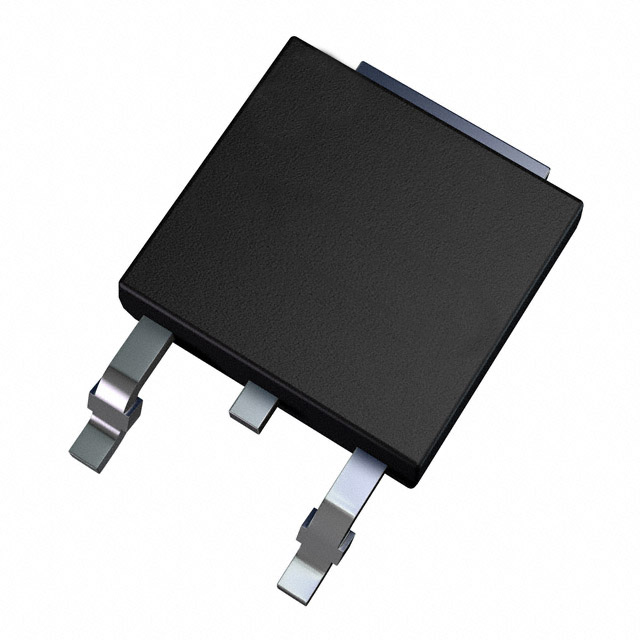

STMicroelectronics
STD3PK50Z
Single FETs, MOSFETs




.png?x-oss-process=image/format,webp/resize,p_30)


STD3PK50Z Description
STD3PK50Z Description
The STD3PK50Z is a high-performance MOSFET P-CH 500V 2.8A DPAK manufactured by STMicroelectronics. This single FET is designed for applications requiring high power dissipation and voltage tolerance. With a maximum drain-source voltage (Vdss) of 500V and a continuous drain current (Id) of 2.8A at 25°C, the STD3PK50Z is well-suited for demanding power management and switching applications.
STD3PK50Z Features
- Technology: MOSFET (Metal Oxide) - offering high efficiency and low power loss.
- Gate Charge (Qg): 20 nC @ 10V - ensuring fast switching and reduced power consumption.
- Input Capacitance (Ciss): 620 pF @ 25V - minimizing capacitive effects and improving performance.
- Rds On (Max): 4 Ohm @ 1.4A, 10V - providing low on-resistance for efficient current flow.
- Vgs(th) (Max): 4.5V @ 100µA - enabling reliable gate control and switching.
- Power Dissipation (Max): 70W (Tc) - suitable for high-power applications.
- Mounting Type: Surface Mount - facilitating easy integration into PCB designs.
- Moisture Sensitivity Level (MSL): 1 (Unlimited) - ensuring long-term reliability in various environments.
STD3PK50Z Applications
The STD3PK50Z is ideal for a range of high-power applications, including:
- Power Management: Due to its high Vdss and Id ratings, the STD3PK50Z is well-suited for power supply designs and voltage regulation circuits.
- Motor Control: The low Rds On and high Id capabilities make it an excellent choice for motor drive applications, providing efficient power delivery and control.
- Switching Applications: The fast switching characteristics and low gate charge of the STD3PK50Z make it ideal for high-speed switching circuits, such as in telecommunications and industrial control systems.
Conclusion of STD3PK50Z
The STD3PK50Z is a robust and efficient MOSFET P-CH 500V 2.8A DPAK from STMicroelectronics. Its unique combination of high power dissipation, low on-resistance, and fast switching capabilities make it an excellent choice for a variety of high-power applications. While it is now considered obsolete, its performance benefits and unique features still make it a valuable option for legacy systems and applications where high performance and reliability are critical.
Tech Specifications
STD3PK50Z Documents
Download datasheets and manufacturer documentation for STD3PK50Z
 STD3PK50Z
STD3PK50Z  Box Label Chg 28/Jul/2016
Box Label Chg 28/Jul/2016  IPD/15/9345 04/Aug/2015
IPD/15/9345 04/Aug/2015 Shopping Guide



















.png?x-oss-process=image/format,webp/resize,h_32)










